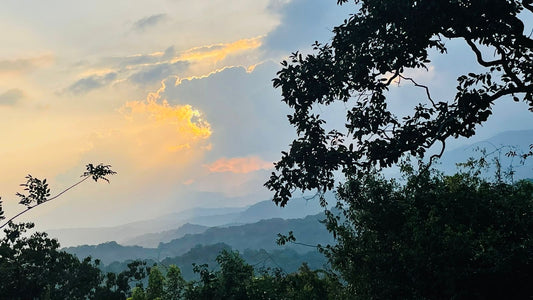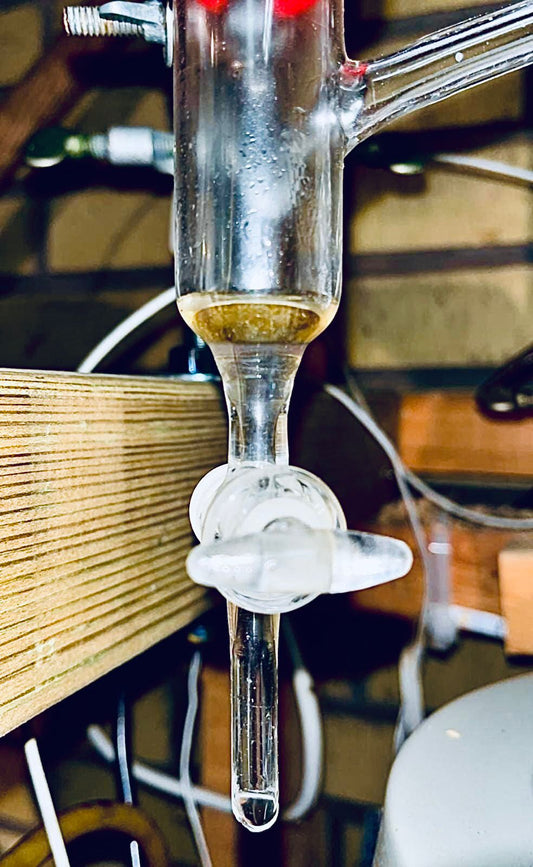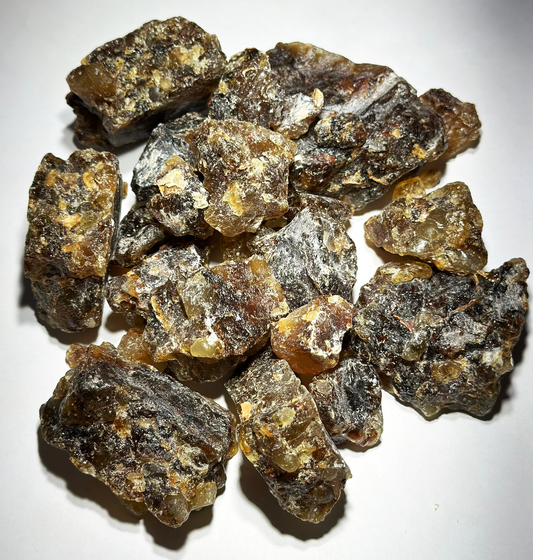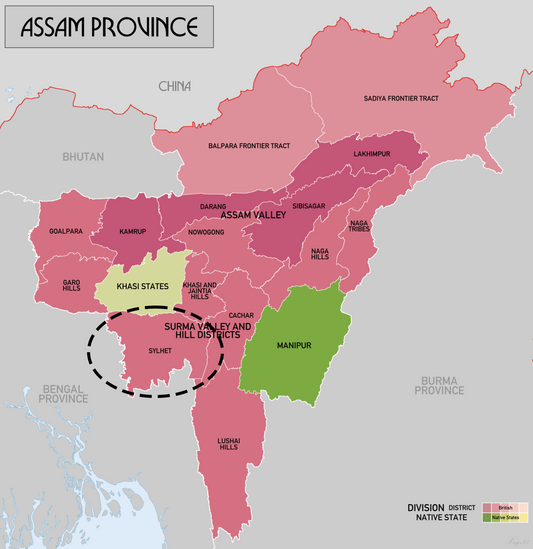Alas, the fun part. Most of my results were exactly similar to the study I based this off, with a few exceptions listed below:
- Agallocha and A. Yunnanensis are closer together than they are with A. Sinensis.
- The ITS sequences for Beccariana, A. Microcarpa, and A. Malaccensis are almost identical.
- Subintegra is a recent descendant of A. Crassna.
- Microcarpa is a descendant of A. Malaccensis.
Regardless of these slight differences, I’ve created a Clad-system that groups species based on their evolutionary relationships, as well as their habitats, you can view it below:
| Clad | Species |
| Proto-Gyrinops Clad | G. Walla |
| Agallocha Clad | A. Agallocha, A. Sinensis, A. Rugosa, A. Yunnanensis |
| Crassna Clad | A. Crassna, A. Subintegra, A. Rostrata |
| Malaccensis Clad | A. Beccariana, A. Hirta, A. Malaccensis, A. Microcarpa |
| Neo-Gyrinops Clad | A. Cumingiana, G. Versteegii, G. Ledermannii |
Notice the Proto and Neo Gyrinops Clads. G. Walla seems to have branched off in the distant past, while A. Cumingiana (previously known as Gyrnopsis Cumingiana), G. Versteegii, and G. Ledermannii clad together under a Neo-Gyrinops Clad.
In fact, from an evolutionary perspective, the Neo-Gyrinops Clad has more similarity to A. Filaria and A. Hirta, than to any other species.
Another important thing to notice is that A. Agallocha and A. Malaccensis, which were thought to be the same species, seem to have diverged at different times, and although they share similarities, they are closer to other respective species within their own Clads. This requires further research, as there might be an intermediary variant between A. Agallocha and A. Malaccensis. A good place to look for this variant could possibly be Burma, Laos, as well as the south Thai border with Malaysia.
Behold, The Evolutionary Tree:

One thing to mention about this tree is that just because a species is positioned higher or lower on the tree, does not mean that it is older or younger than another species on the tree. The only things that can be said to be older or younger are the Clads themselves.
Now, after looking at the evolutionary tree and viewing the order of Clad divergence on the tree, view this map below showing the general habitats of each Clad.

Of course, these regions overlap over one another, but an interesting observation is that there seems to be a West towards East migration, as the order of the Clads on this map coincides with their orders on the Evolutionary tree.







